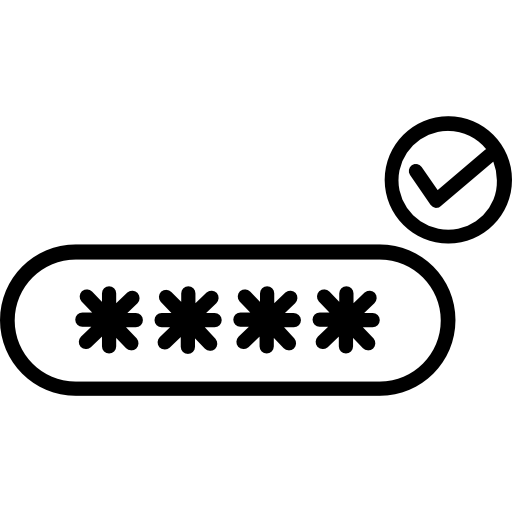Despite the rise of competing languages, the need for Java Developers is still high. Depending on the source, Java is one of the most sought-after skills in the current labor market. Java has been the go-to language for everything from learning to code to creating enterprise-level apps.

Learn Java programming language basics
A thorough understanding of HTML, CSS, and JavaScript is necessary for success as a Full Stack developer. These are the cornerstones of web technology upon which the creation of any application rests. Therefore, expanding one’s knowledge of HTML, CSS, and JavaScript is necessary to become a Java Full Stack developer.
- HTML
HyperText Markup Language (HTML) is the language for creating websites. It’s a blueprint for how a website is put together. Web pages may include various content types because of HTML’s flexible markup language. In addition, you may use hypertext links to access material already online. Markups in HyperText Markup Language (HTML) instruct a web browser on how to render a web page.
- CSS
Cascading Style Sheets is another name for this system. This stylesheet language expresses a specific rendering of an HTML or XML-marked-up document, as the name indicates. The language determines the look, feel, and organization of a website.
- Java Script
JavaScript is a programming language written in text to create dynamically updated information, animated pictures, and image controls for online applications. It may be used to include dynamic features in a website, such as media playback, zooming, and more.
Database Integration
Businesses need a rational approach to acquire relevant insight from the massive amounts of data from numerous sources. Integrating data from several sources into a usable format for analysis and business intelligence is called “data integration.”

Security in Java Web Development
APIs, tools, and implementations of popular security algorithms, mechanisms, and protocols are all
available inside Java’s security technology. Cryptography, PKI, secure communication, authentication, and access control are just a few of the many domains covered by the Java security APIs. Programmers can access a robust framework for designing secure code using Java’s security technology. End users and system administrators have access to a suite of tools for managing application security.

Testing and Deployment
Testing, notably integration testing, unit testing, and automated testing, is an essential skill for Java developers. Two of the most well-known mock and unit testing libraries are JUnit and Mockito. More complex libraries like Robot Framework and Cucumber are also helpful in certain situations. Other libraries, such as EasyMock and PowerMock, may be beneficial in addition to Mockito.
Professional Development
Numerous opportunities exist for developers skilled in the Java platform. Some of them are:

Junior Programmer:
You may think of this job as an entry-level one. There is always a first time. Code is written, tested, analyzed, and debugged by junior developers.

Programmer in the Java Web Environment:
This role primarily focuses on server-side development, and its holder is responsible for code deployment and upkeep. Developers should be proficient in writing code for the cloud since so many servers are currently transitioning.

Developers of Java:
Traditional architects create structures. Java developers and designers create the structure of an app.

Programmer in Java EE:
Large corporations seek out these programmers for their expertise in creating and maintaining enterprise-level software.

Programmer in Java for Android:
Android has a far more significant part of the mobile operating system market than iOS, so experts who can create or enhance Android-based applications are in more demand.
FAQs
Where should ambitious Java programmers go from here?
The article above explains the front-end and back-end components that make up the path to becoming a Full Stack Java developer.
Is Java a requirement for full-stack developers?
Full Stack developers must have a firm grasp of Java. In addition, a Full Stack developer has to know how to work in many different languages.
How can I use a Java developer roadmap?
Start with the fundamentals like HTML and CSS, then work up to more advanced subjects like JavaScript. In addition, you may learn the ropes of the Java development industry by enrolling in an online Java Full Stack Development course.




